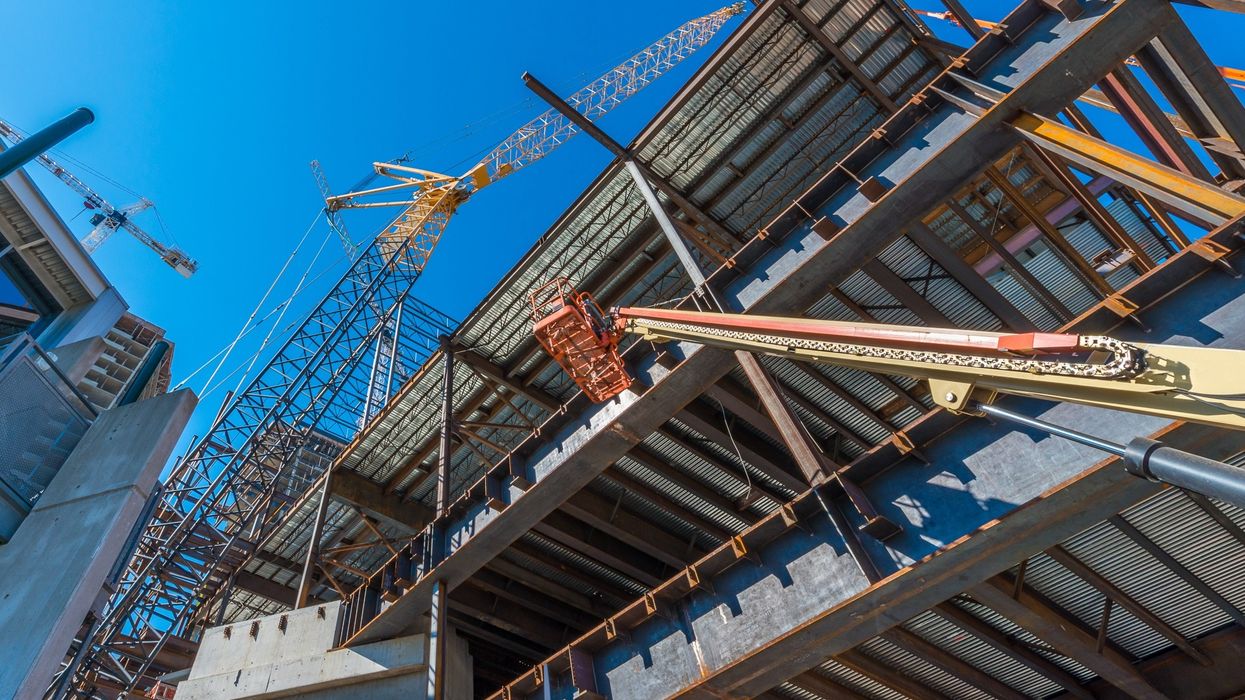Between the arduously slow approvals process, a shrinking workforce, and rising interest rates, construction timelines have significantly crept up across Canada.
With inconsistent action on the part of municipal governments and a failure to attract the required number of skilled labourers, the issue is only poised to get worse, according to a new report from Marlon Bray, Senior Director, Cost Consulting and Project Management at Altus Group, resulting in a further decline in both homebuilding and affordability.
Over the course of 2023, developers repeatedly pressed pause on new projects as buyers shied away in the face of higher interest rates. As a result, actual housing starts declined 7% annually in centres with populations of 10,000 or more, according to the Canada Mortgage and Housing Corporation (CMHC). Single-detached starts fell 25% compared to 2022, and Altus data indicates that condo sales slowed “significantly” in Canada’s major cities, too.
In the short-term, Bray noted, the decline will alleviate some of the pressure brought on by labour shortages and high construction costs. However, the long-term reality of falling starts is “problematic,” as the country’s housing crisis continues to intensify.
Further worsening said crisis, and creating “significant obstacles ahead,” is the drawn-out approvals process that plagues many major municipalities. Beyond a frustration for developers, long lead times can also drive up the cost of construction, and with it, the cost of housing.
On a national level, Canada ranks 33rd out of 34 countries when it comes to the time needed to obtain necessary construction permits, according to the World Bank’s latest Doing Business report. Locally, approval timelines vary from city to city, but they’re particularly prolonged in Ontario municipalities.
A study conducted by Altus Group on behalf of the Canadian Home Builders Association found that as a result of outdated processes and staffing shortages, Toronto had a weighted average approval time of 32 months in 2022; in 2020, it was 21 months.
In Markham, the average approval timeline grew from 13 months in 2020 to 23 months in 2022, and in Hamilton, it stretched from 20 months to 23 months. Meanwhile, the process accelerated in Charlottetown, Saskatoon, Regina, and Calgary, and now takes between three and five months in each city.
There is a “startling lack” of accountability and transparency in the approvals process, Richard Lyall, the President of the Residential Construction Council of Ontario (RESCON), told STOREYS.
Municipalities have been “inconsistent” in how they address the hurdles to development. While some cities have made progress towards speeding up the approvals process, Ontario is “still behind the eight ball systemically.”
Lyall noted that improving the process in conjunction with a reduction in taxes — “housing is taxed basically as much as cigarettes,” he added — and development charges could help cut the price paid by new homebuyers by as much as 30%.
The issues don’t end when permits are approved, though. Once projects enter the construction phase, timelines are further stretched due to a shortage of skilled workers in the sector, which has resulted in a decline in productivity and quality alongside a growing need for supervision.
Based on a sampling of projects from across Canada, Altus Group found that it now takes 25% to 30% longer to complete a project than it did just five to six years ago, as many workers simply “lack the necessary skills and experience.”
In addition to the current lack of skilled labourers is an impending wave of retirements. According to the latest forecast from BuildForce Canada, approximately 245,100 people are expected to age out of construction jobs over the next eight years, equating to 20% of the industry’s national workforce. While roughly 237,800 new workers are expected to be recruited over the same time period, there will still likely be a shortage of 61,400 workers come 2032.
And although there has been a federal push to attract skilled immigrants, it’s not yet having an impact on the sector — only 455 permanent residents were admitted under the Federal Skilled Trades Program, which includes qualified construction workers, in 2022. Such a number is “statistically irrelevant” to the industry Lyall said.
Once the Bank of Canada cuts interest rates and the pent-up demand for housing is unleashed, the slowing starts, shrinking workforce, and lengthly approvals process will compound and create further problems for affordability.
Bray likens the scenario to being aboard the Titanic: “We see the iceberg, but we’re going towards it instead of away from it. We want to make housing more affordable, we want to build more housing, but we seem to be doing everything in our power to slow it down.”
He expects sales will experience a resurgence in 2025-2026, which will push construction costs to a “record high” in 2026-2027 as demand and supply are thrown further off-kilter. In Ontario, this coincides with the construction of several major infrastructure projects, resulting in the “worst scenario possible.”
“It's just going to get worse. I don't actually see any scenario where it gets better right now without a significant change in approach by government,” Bray told STOREYS.
“At the moment, there's not a lot of positivity going forward in the GTA to either hit the 1.5 million home target or make housing affordable. If you're trying to buy a home or rent a home, I suspect the news is going get a lot worse over the next couple of years. Basically, everyone's going to be living in tents at the pace we're going.”





















